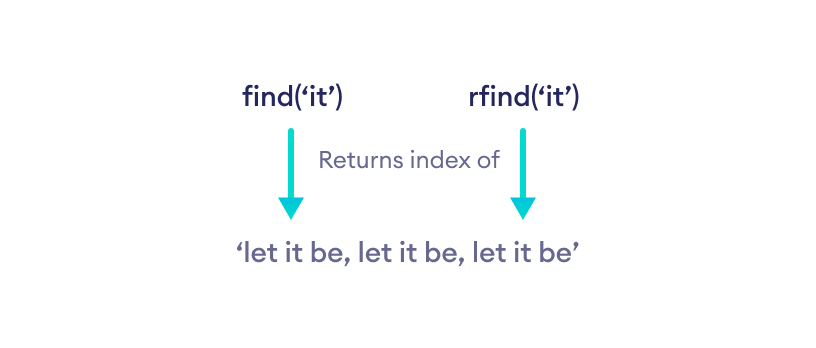How to do searching in Python?
How to do searching in Python?
I'd be happy to help with that! Searching in Python involves using various techniques and libraries to find specific data within a dataset. Here are some common ways to search in Python:
Linear Search: This is the most basic form of search. You iterate over each element in the list and check if it matches what you're looking for. The time complexity for this method is O(n), where n is the number of elements in the list.Example:
def linear_search(lst, target):
for i, item in enumerate(lst):
if item == target:
return i
return -1
my_list = [1, 2, 3, 4, 5]
index = linear_search(my_list, 3)
print(index) # Output: 2
Example:
def binary_search(lst, target):
low, high = 0, len(lst) - 1
while low <= high:
mid = (low + high) // 2
if lst[mid] == target:
return mid
elif lst[mid] < target:
low = mid + 1
else:
high = mid - 1
return -1
my_list = [1, 2, 3, 4, 5]
index = binary_search(my_list, 3)
print(index) # Output: 2
in operator.
Example:
my_dict = {'a': 1, 'b': 2, 'c': 3}
key = 'b'
if key in my_dict:
print(f"'{key}' is present in the dictionary.")
else:
print(f"'{key}' is not present in the dictionary.")
in operator.
Example:
my_set = {1, 2, 3, 4, 5}
target = 3
if target in my_set:
print(f"'{target}' is present in the set.")
else:
print(f"'{target}' is not present in the set.")
Example:
class Person:
def init(self, name):
self.name = name
people = [Person('John'), Person('Mary'), Person('Jane')]
target_person = 'Mary'
for person in people:
if person.name == target_person:
print(f"Found {target_person}!")
break
else:
print(f"{target_person} not found.")
loc or query methods.
Example:
import pandas as pd
df = pd.DataFrame({'Name': ['John', 'Mary', 'Jane'],
'Age': [25, 30, 35]})
target_person = 'Mary'
result = df.loc[df['Name'] == target_person]
print(result) # Output: Name Age
Mary 30
or
query_result = df.query('Name == "' + target_person + '"')
print(query_result)
These are just a few examples of how to search in Python. The best method for you will depend on the structure and size of your dataset, as well as what you're searching for.
How does find() work in Python?

I'll respond in English since that's what you requested!
In Python, the find() method is used to search for a specific substring or pattern within a string. It returns the index of the first occurrence of the specified value, or -1 if it's not found.
Here's a breakdown of how find() works:
find() method takes one argument: the substring or pattern you want to search for. This can be a simple string, a regular expression (regex), or even a compiled regex object. Search behavior: By default, find() performs an exact match. It looks for the specified value in the original order of characters within the input string. Indexing: The method returns the index (an integer) of the first occurrence of the specified value. This index is zero-based, meaning the first character has an index of 0. -1 return value: If find() doesn't find the specified value in the input string, it returns -1. This indicates that the search failed or the substring wasn't found. Case sensitivity: By default, find() is case-sensitive. If you want to perform a case-insensitive search, you can use the lower() method on both the input string and the search value before calling find(). Regex searching: As mentioned earlier, you can pass a regex pattern or object to find(). This enables more complex searches using syntax like ., ^, $, [...], ( ), etc.
Here's an example of how to use find():
my_string = "Hello, World!"
search_value = "World"
index = my_string.find(search_value)
print(index) # Output: 7
In this case, the method finds the first occurrence of "World" starting at index 7 (since indexing is zero-based).
When using regular expressions with find(), you can use the re module and pass a compiled regex object:
import re
my_string = "Hello, World!"
search_pattern = r"bworldb"
match_obj = re.compile(search_pattern)
index = my_string.find(match_obj.search(my_string).group())
print(index) # Output: 7
In this example, we create a compiled regex pattern r"bworldb" that matches the whole word "World". We then use the search() method to find the first occurrence of this pattern in the input string and return its index.
That's a basic overview of how Python's find() method works!





























